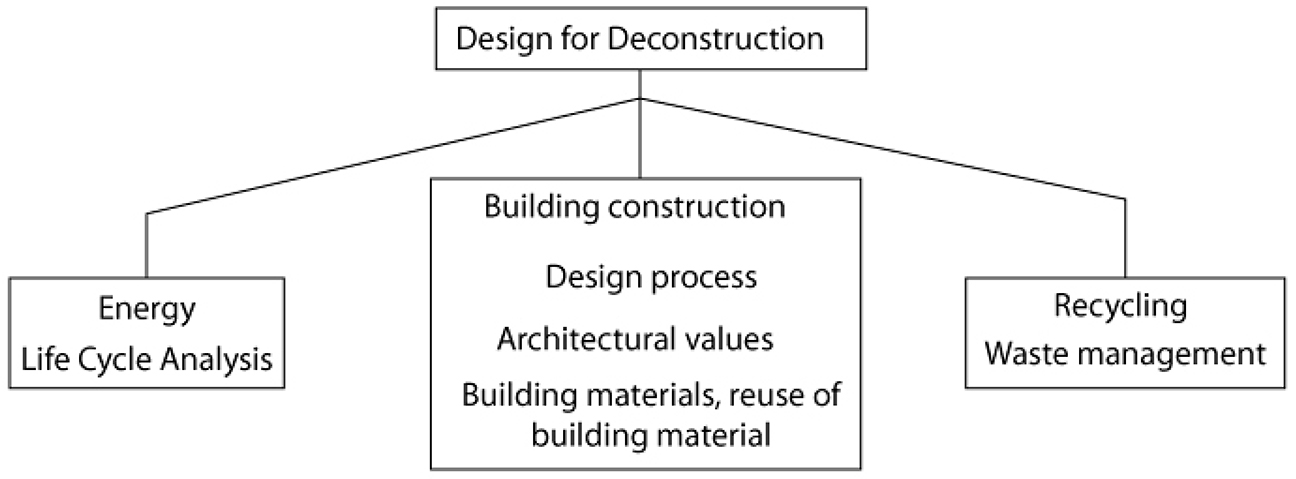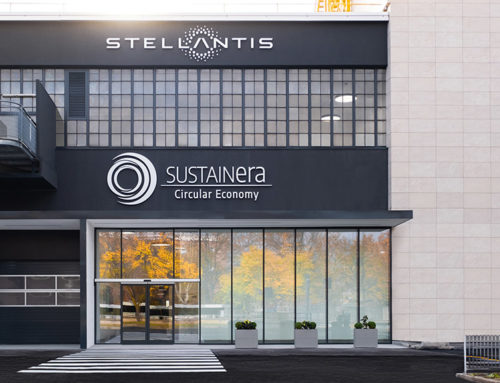The architecture and construction industry contributes significantly to global carbon emissions, with nearly half of these emissions arising from the construction and demolition of buildings. To address this issue and control carbon emissions, it is essential to rethink and reduce the environmental impacts associated with demolitions while implementing sustainable construction strategies. Traditional demolition methods, which result in vast amounts of waste and emissions, need to be replaced with more sustainable approaches, collectively known as “Design for Deconstruction” (DfD).
Design for Deconstruction (DfD) is a movement that aims to responsibly manage end-of-life building materials, minimize the consumption of raw materials in new construction, and eliminate the carbon emissions associated with the production of new materials. This approach begins at the inception of a building project, focusing on enhancing the value of its material components until the time for deconstruction arrives.

Sustainable Demolition Strategies
- Controlled Demolition
In an effort to reduce waste and maximize component salvage, controlled demolition strategies have been developed. These strategies, often employed in high-rise buildings, utilize a series of small, precisely timed explosions to weaken or remove critical supports, ensuring that the building is dismantled into large, recyclable sections. This approach minimizes the creation of debris and facilitates easier material recycling.
- Robotic Dismantling
The integration of robotic systems into demolition processes, such as concrete cutting and core drilling, not only enhances safety by reducing human involvement but also allows for efficient separation of building components for recycling. Automated demolitions are a promising means to extract reusable materials from structures.
- Non-Explosive Chemical Expansion Agents
Non-explosive chemical expansion agents, comprising oxides of calcium, silicon, and aluminum, provide a silent and environmentally friendly method for breaking down concrete structures. These agents do not release gas, dust, or any other form of environmental pollution.
Principles of Sustainable Deconstruction
The United Kingdom Green Building Council (UKGBC) outlines the scope and principles of sustainable deconstruction, prioritizing prevention, reuse, and recycling over demolition. The process of considering and examining these alternatives is known as “design for deconstruction.”
Design for Deconstruction Practical Guide
The UKGBC has developed a practical guide to promote sustainable deconstruction and offer strategies for various stakeholders in the built environment:
a. Developers, Architects, and Design Teams: Design for longevity, flexibility, and adaptability, aiming to extend a building’s life cycle. Strategies include pre-fabrication, pre-assembly, and modular construction, allowing for easy disassembly during demolition. This approach promotes the reuse of building elements without losing their value.
b. Users of Buildings and Infrastructure: Proactive maintenance and documentation of retrofits, upgrades, and maintenance works are recommended for easier deconstruction at the end of a building’s life.
c. Deconstruction Teams: Creating comprehensive material passports and catalogs based on original construction drawings and the current state of the building at its end of life is crucial. This material catalog provides information on the functional and structural capacity of different material components, the disassembly process, and their quality for resale or reuse in other structures.
Community Involvement and Material Catalogs
Sustainable demolition strategies also involve the collaboration of professionals in the built environment and the communities where buildings and infrastructures are located. This includes educating and involving communities to extend building life and recycle material components. Publishing material catalogs of buildings intended for demolition allows the public to engage and purchase elements that can be used in other construction projects, creating a circular system for sustainable demolition within communities and reducing carbon emissions.
The sustainable demolition movement, with its focus on Design for Deconstruction, provides a framework for minimizing the environmental impact of demolitions and reducing the carbon footprint associated with ending the life of buildings. By implementing these strategies, we can move towards a more sustainable and environmentally responsible approach to architecture and construction, ultimately contributing to the decarbonization of the built environment.






